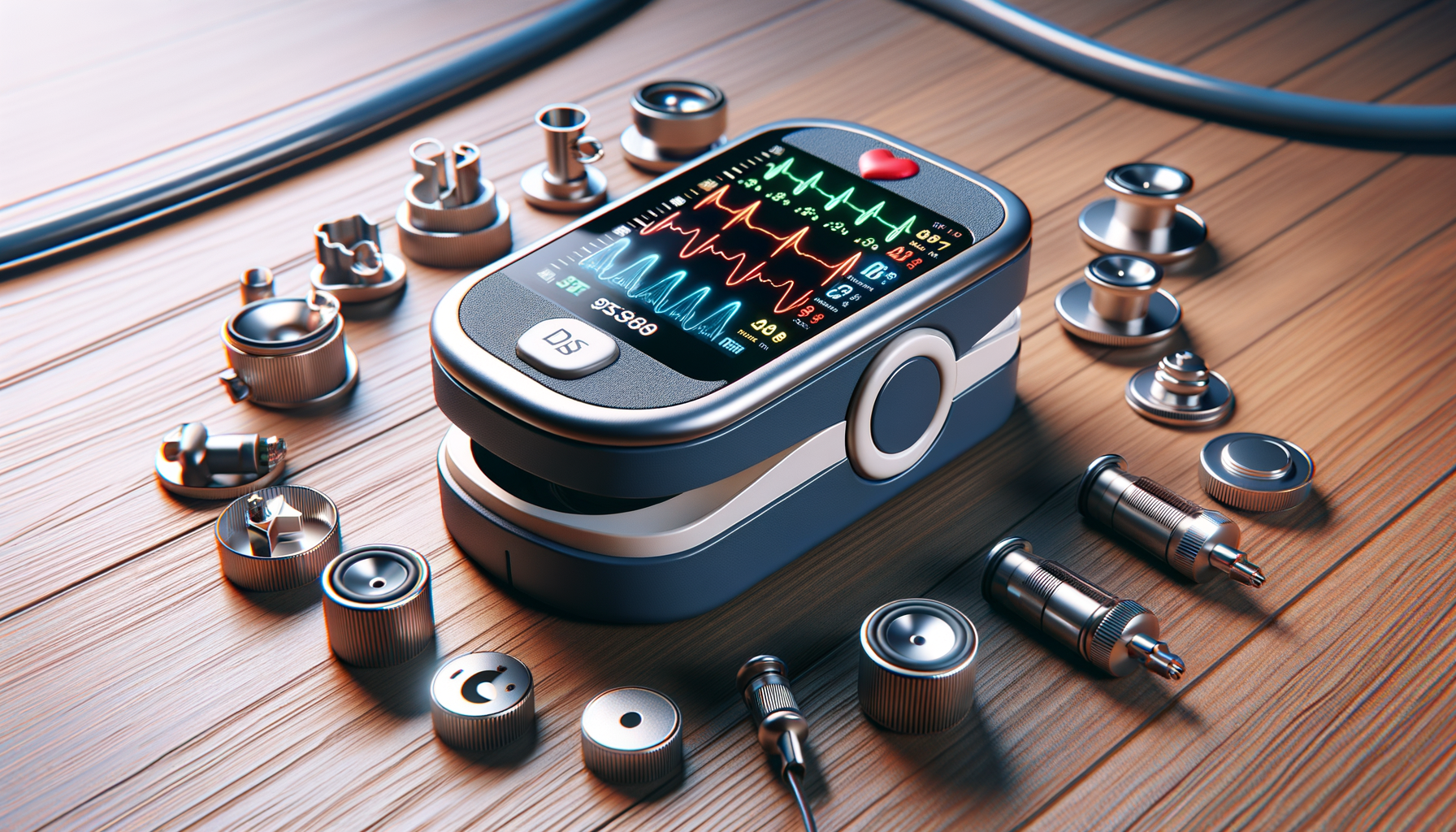Introduction to Pulse Oximeters
Pulse oximeters have become an essential tool in both clinical and home settings, providing valuable insights into an individual’s health status. These devices measure the oxygen saturation level in the blood, offering a quick and non-invasive way to monitor respiratory conditions. The importance of pulse oximeters has been underscored during health crises, such as the COVID-19 pandemic, where monitoring oxygen levels became crucial. Understanding how these devices work and their applications can help individuals manage their health more effectively.
How Pulse Oximeters Work
At the core of a pulse oximeter’s function is the use of infrared light to gauge the amount of oxygen in the blood. The device typically clips onto a fingertip, where it shines a light through the skin. Hemoglobin, the protein in blood that carries oxygen, absorbs light differently depending on its oxygenation level. By analyzing the light absorption, the pulse oximeter calculates the oxygen saturation percentage, usually displayed as SpO2. This non-invasive method is quick and painless, making it ideal for regular monitoring.
Pulse oximeters are equipped with sensors that detect the pulse rate as well. The combination of pulse rate and oxygen saturation provides a comprehensive picture of an individual’s respiratory and cardiovascular health. These readings are vital for patients with chronic respiratory conditions, athletes monitoring their performance, and anyone recovering from respiratory illnesses.
Applications and Benefits of Pulse Oximeters
The utility of pulse oximeters extends beyond clinical settings. In hospitals, they are used to monitor patients undergoing surgery or those in intensive care. For individuals managing chronic conditions like COPD or asthma, pulse oximeters offer a way to track their condition and detect any deterioration early. Athletes also use these devices to optimize their training by ensuring their oxygen levels remain within a healthy range during intense workouts.
Another significant benefit is the peace of mind that comes with monitoring one’s health at home. With a portable pulse oximeter, individuals can quickly check their oxygen levels and seek medical advice if necessary. This proactive approach can help prevent complications and ensure timely medical intervention when needed.
Choosing the Right Pulse Oximeter
When selecting a pulse oximeter, several factors should be considered to ensure it meets the user’s needs. Accuracy is paramount; a reliable device should provide consistent readings under various conditions. It’s also important to consider the ease of use, especially for those who may not be familiar with medical devices. Look for models with a clear display and simple operation.
Portability and battery life are other crucial considerations. A compact design allows for easy transportation, while a long-lasting battery ensures the device is ready when needed. Some advanced models offer additional features such as smartphone connectivity, which can be beneficial for tracking and sharing data with healthcare providers.
Conclusion: The Impact of Pulse Oximeters on Health Management
Pulse oximeters have revolutionized the way individuals and healthcare professionals monitor respiratory health. By providing real-time data on oxygen saturation and pulse rate, these devices empower users to take charge of their health proactively. Whether used in a hospital or at home, pulse oximeters are invaluable tools in managing respiratory conditions and ensuring overall well-being.
As technology continues to advance, pulse oximeters are likely to become even more integrated into health management practices, offering more features and greater accuracy. For anyone concerned about their respiratory health, investing in a reliable pulse oximeter is a step towards better health monitoring and management.








